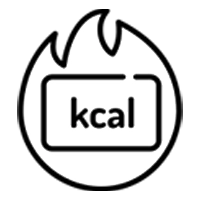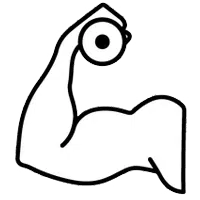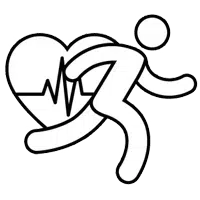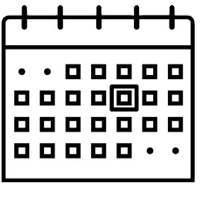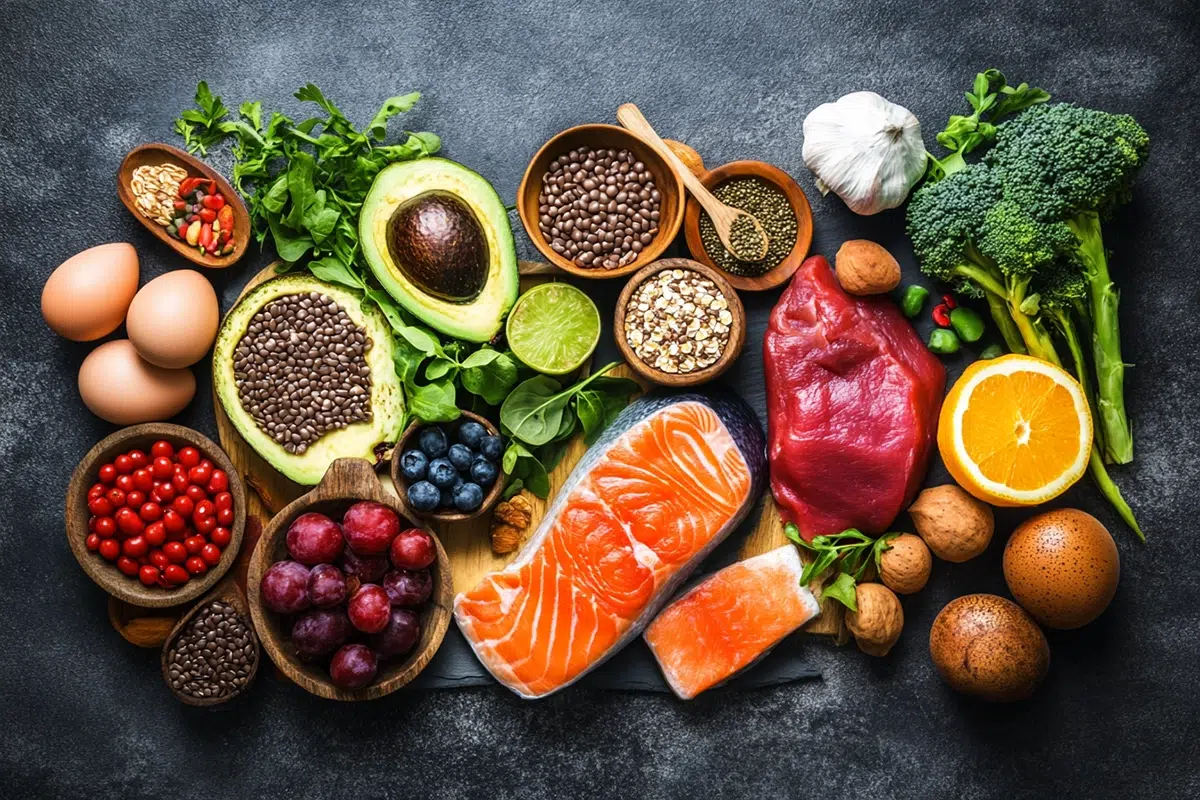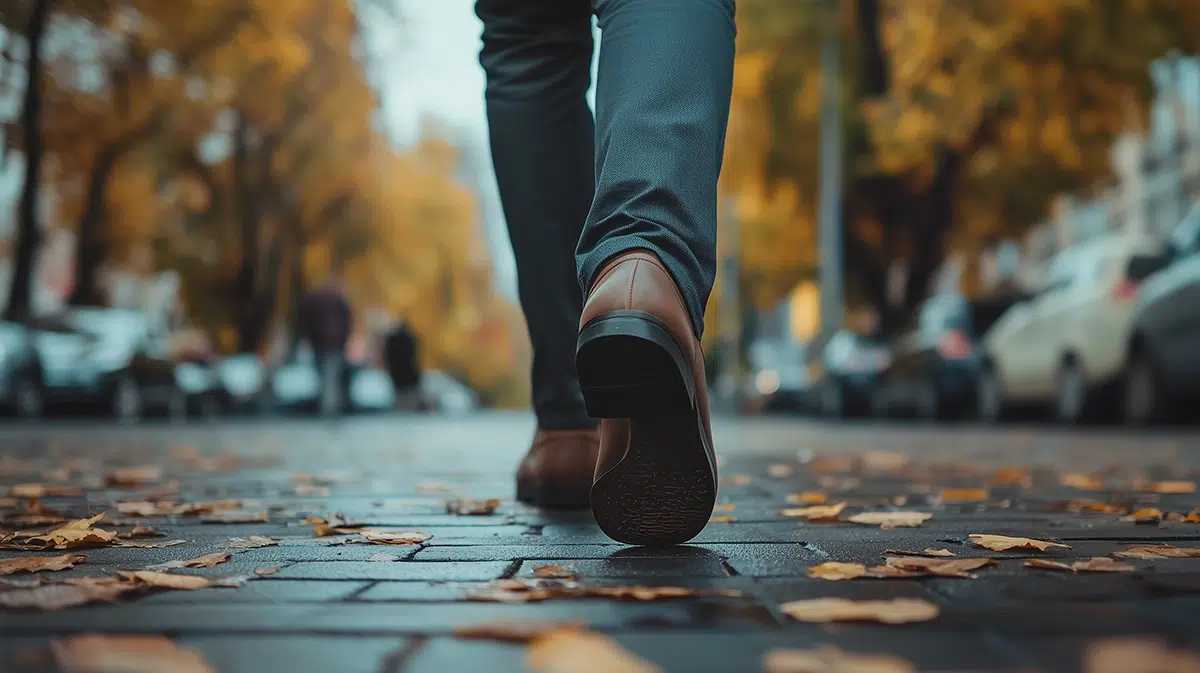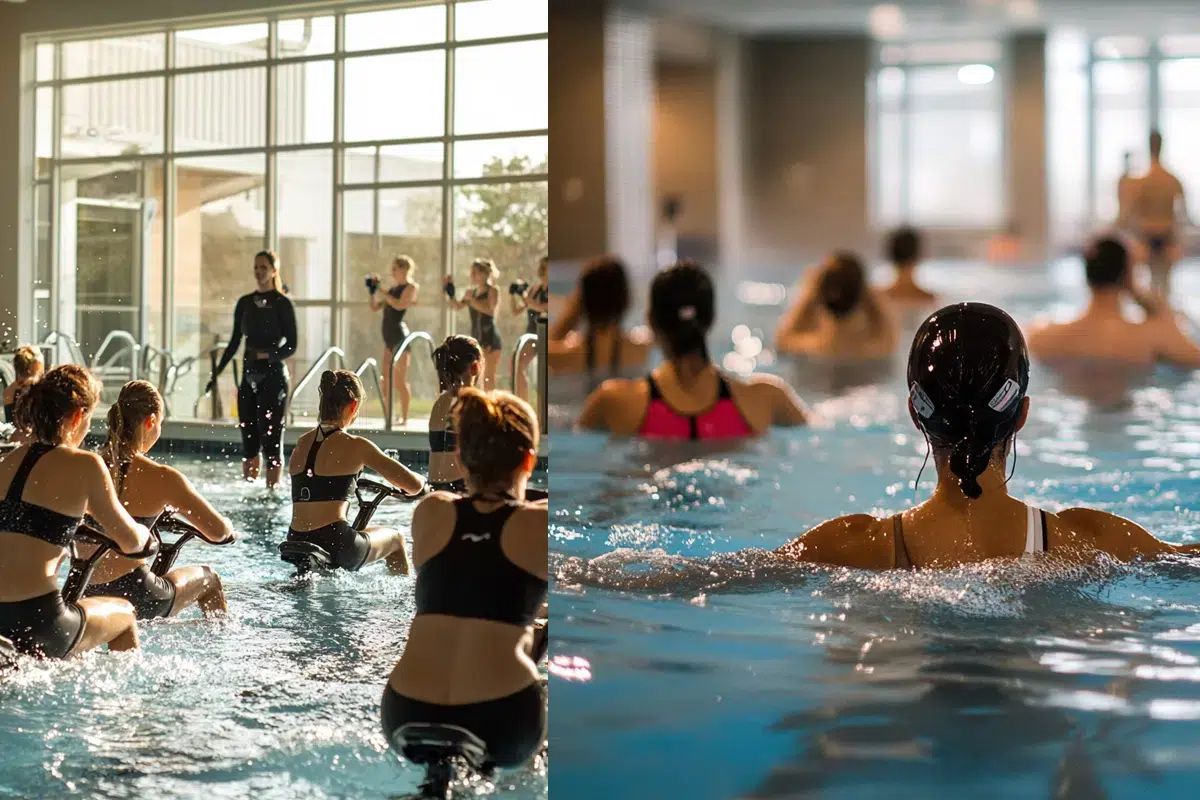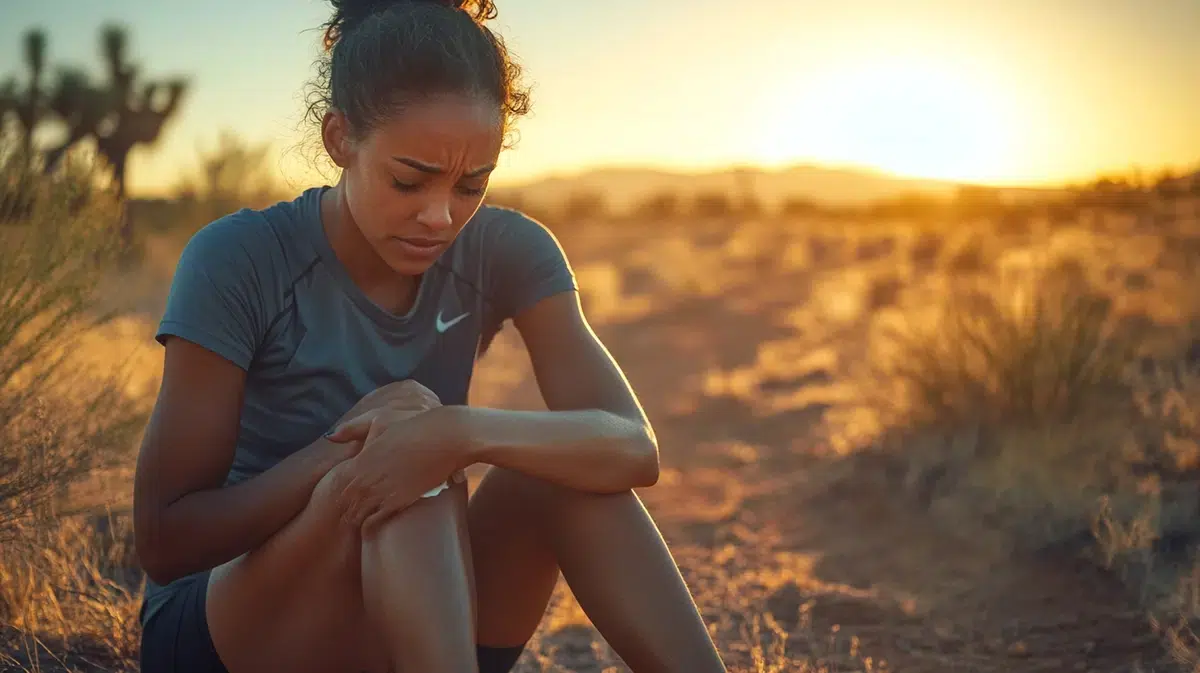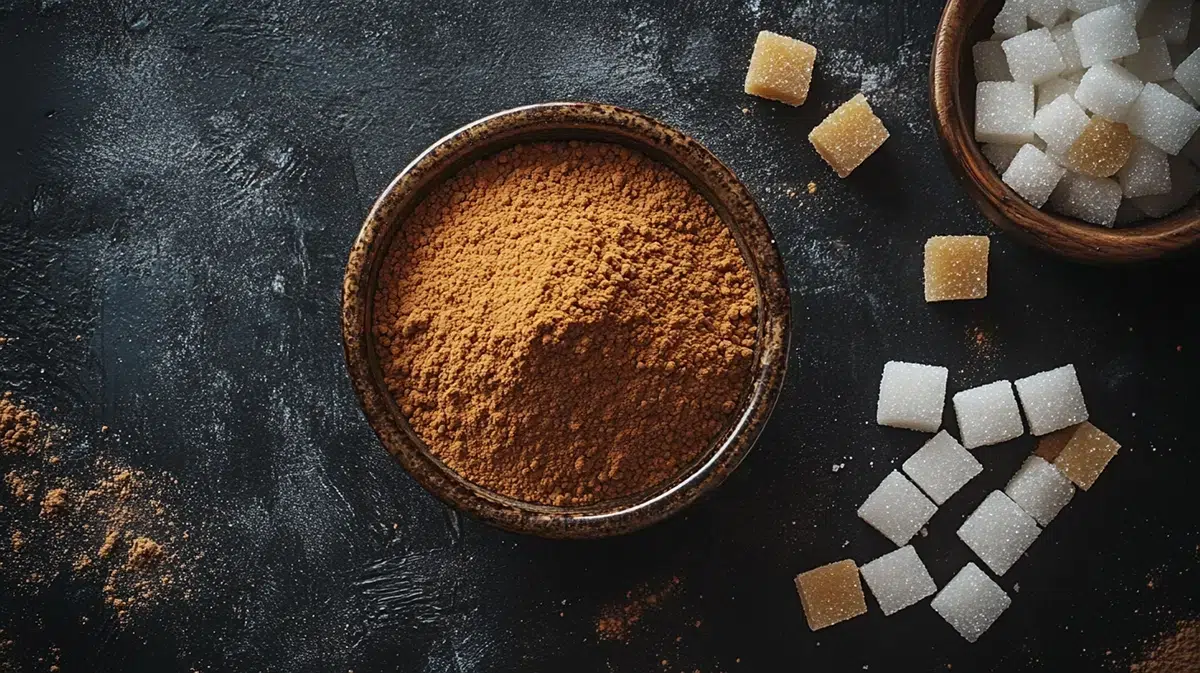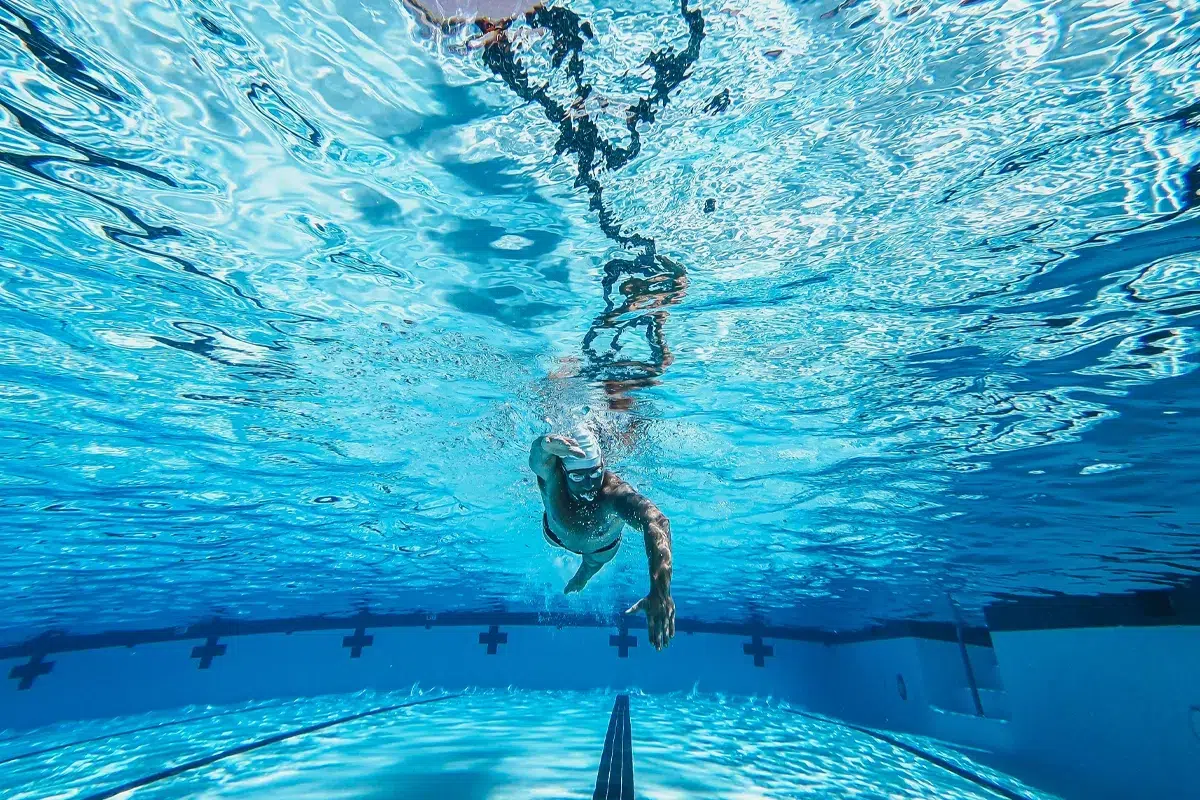Show summary Hide summary
Which muscle group are we activating when mountain biking?
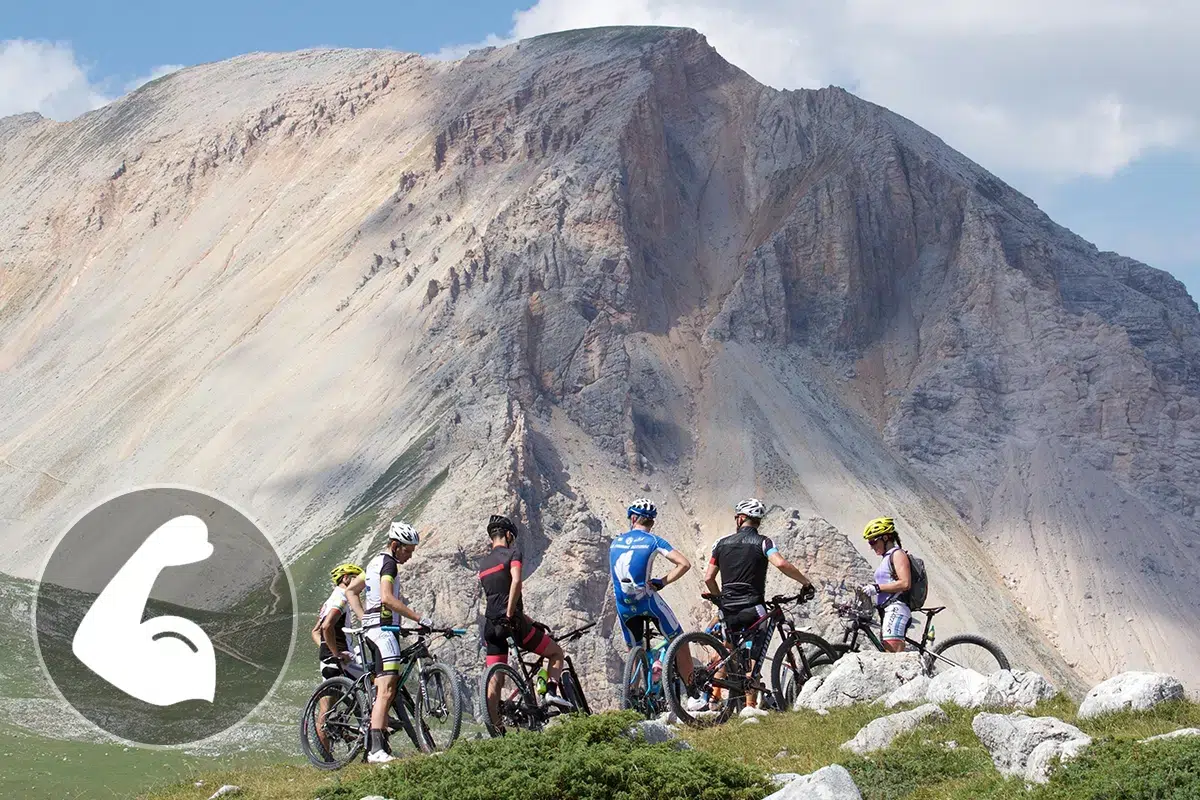
Everything you need to know about mountain biking
What muscles does mountain biking work? What parts of the body are engaged and toned when mountain biking? Use the tool below to see the list of all the body parts that are used when mountain biking!
Mountain biking for fitness and strength building
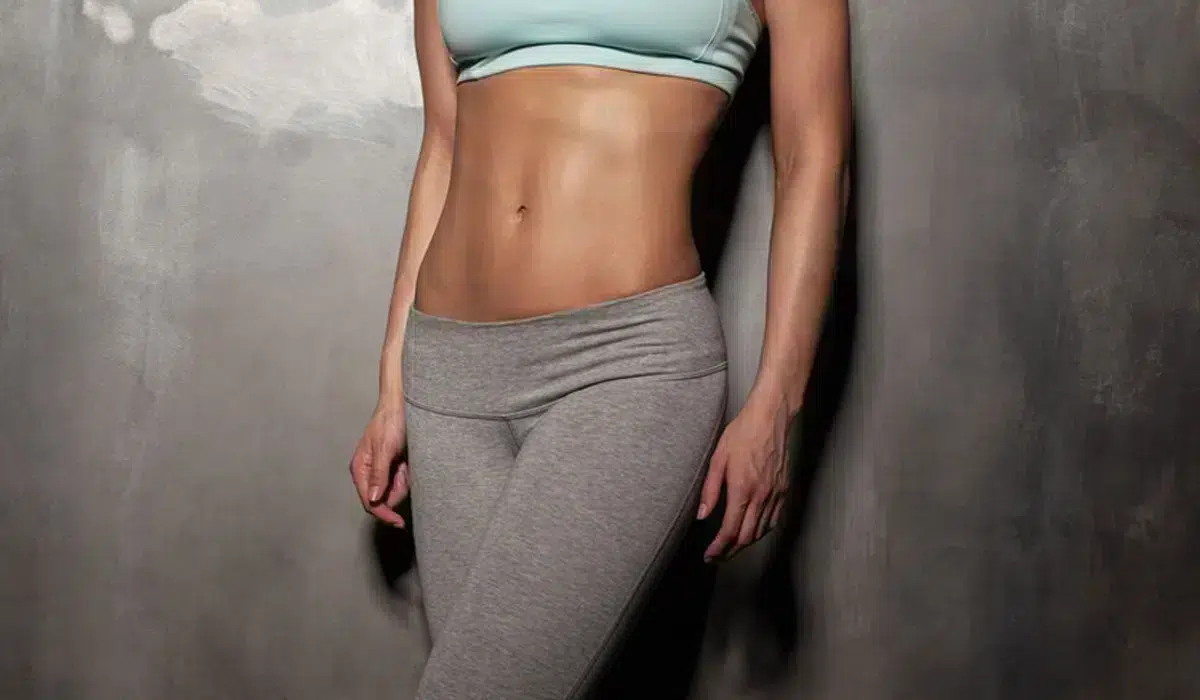
What muscles are we training when mountain biking?
Depending on the sport you do, certain areas of the body will be worked harder than others, but what about when you mountain bike? Will mountain biking help you tone and refine your figure? Below is a list of the muscles and muscle groups strengthened and sculpted by mountain biking!
Upper limbs (shoulders, arms and forearms)
- Shoulder muscles: These are the muscles that link the arm to the rest of the body. They include the muscles of the rotator cuff (subscapularis, infraspinatus, lesser ring, supraspinatus) and the trapezius, deltoid, grand dentle and angular muscles. These muscles provide mobility for the arms and shoulders (rotation, elevation).
- The biceps: These muscles are located on the front of the arm and are surrounded by two joints (scapulohumeral, elbow). The biceps comprise two muscles(long biceps and short biceps) which help flex and rotate the arms.
- The triceps: Located on the inside of the arm, they comprise three muscles (the vastus lateralis, the vastus medialis and the long head of the triceps) which complement the flexor role of the biceps brachii. The triceps allow the forearm to be extended.
Trunk and pelvis (Chest, stomach and back)
- The abdominals : These are made up of several layers of muscle(rectus abdominis, external oblique, internal oblique, transverse) which have the function of flexing and rotating the trunk.
Lower limbs (buttocks, thighs and calves)
- The quadriceps: These are located at the front of the thigh. The quadriceps are each made up of 4 muscles (the vastus femoris or rectus femoris, the vastus lateralis, the vastus medialis and the vastus intermedius). These muscles facilitate flexion of the thigh on the hip and extension of the leg on the thigh.
- The hamstring muscles: Located on the back of the thigh, there are four of these muscles(biceps femoris, semitendinosus and semimembranous). They ensure flexion of the leg and extension of the thigh.
- Calf muscles: Also known as the sural triceps, the calf muscles are made up of 3 muscle groups, including the soleus and the gastrocnemius. These muscles help the foot to extend down the leg
As well as working the heart and endurance, mountain biking is a sport that allows you to build up the muscles of the whole body in a harmonious way. The lower limbs are the first to benefit. The glutes, thighs and calves are built up by pedalling with varying degrees of intensity. The shoulders, arms, forearms and abs are also strengthened by rotating the pelvis and varying the position of the upper limbs, whether to maintain balance during technical sections or to cushion jumps.
Other outdoor and nature sports: explore nature while staying active with outdoor sports
Outdoor sports are perfect for those who enjoy combining physical activity with nature. They offer an excellent opportunity to discover new landscapes while improving your physical fitness. Explore these outdoor sports to enjoy the great outdoors while training:
- Hiking: Trek natural trails to strengthen your heart and muscles.
- Horse riding: Develop balance and connection with horses during a horseback ride.
- Nordic walking: Strengthen your upper body while improving endurance with Nordic walking.
- Power walking: Burn calories and improve cardiovascular health with brisk walking.
- Running: Increase endurance and overall well-being with running.
- Walking: Maintain health and improve fitness with daily walks.
- Cycling : Enhance fitness and cardiovascular health with regular cycling
Everything you need to know about mountain biking
What muscles are used in different sports?
All sports in detail!






